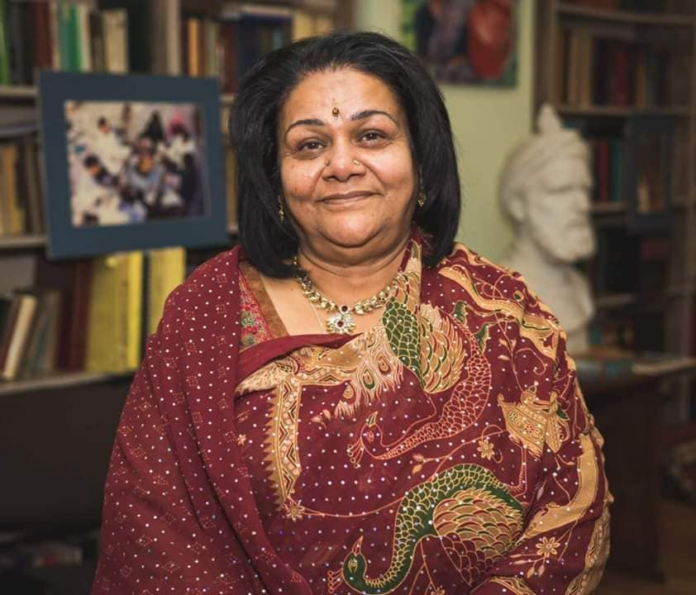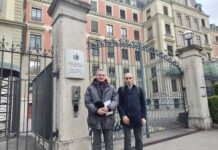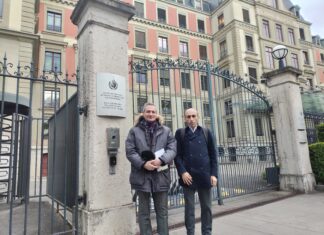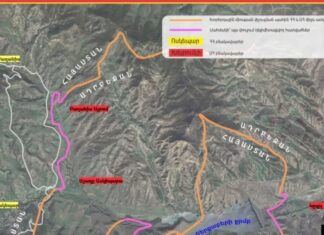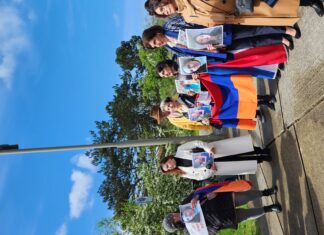YEREVAN — Many in Armenia know Santosh Kumari Arora from mass media as an Indian living in Armenian for many years and speaking fluent Armenian. Born in Delhi, in 1955, in 1975 to 1980 she studied at Leningrad (now Saint Petersburg) Zhdanov State University, Faculty of Philology. Her master’s thesis was devoted to the comparative syntactic analysis of allied words and word combinations in Russian and Hindi. In 1980 she married an Armenian and moved to Armenia. In 1987 Santosh finished her Ph.D. thesis on Comparative Phraseology in Russian and Hindi. From 1996 to 2017 she worked at Yerevan State University, Faculty of Oriental Studies, where she taught a number of Indological disciplines such as Hindi, Sanskrit, Indian Literature, Epic Studies, Mythology, Ethnography, etc. Since 2017 she has been working at the Institute of Oriental Studies of the Russian-Armenian University, teaching Hindi, Sanskrit, Punjabi, Indian literature, epic studies, mythology, as well as Russian for Indian students.
Santosh Kumari Arora has authored numerous methodological programs for teaching Indological disciplines, as well as numerous scholarly articles and papers on Indology, connected with the comparative analysis of different languages and problems of translation. She is also engaged in translating Indian poetry and prose into Russian and Armenian, as well as Russian and Armenian literature into Hindi.
Her house is open to everybody interested in India, its language, culture and cuisine, that warm hostess always ready to share generously.
We have known each other since 2010. Our conversation took place at my apartment, and, needless to say, in more than fluent Armenian. A longtime resident of Armenia, by using “we” and “us,” Santosh refers not only the Indians, but also the Armenians.
Dear Santosh, once you were the only Indian living in Armenia.
Yes, and I am still the only Indian who has an Armenian passport.



